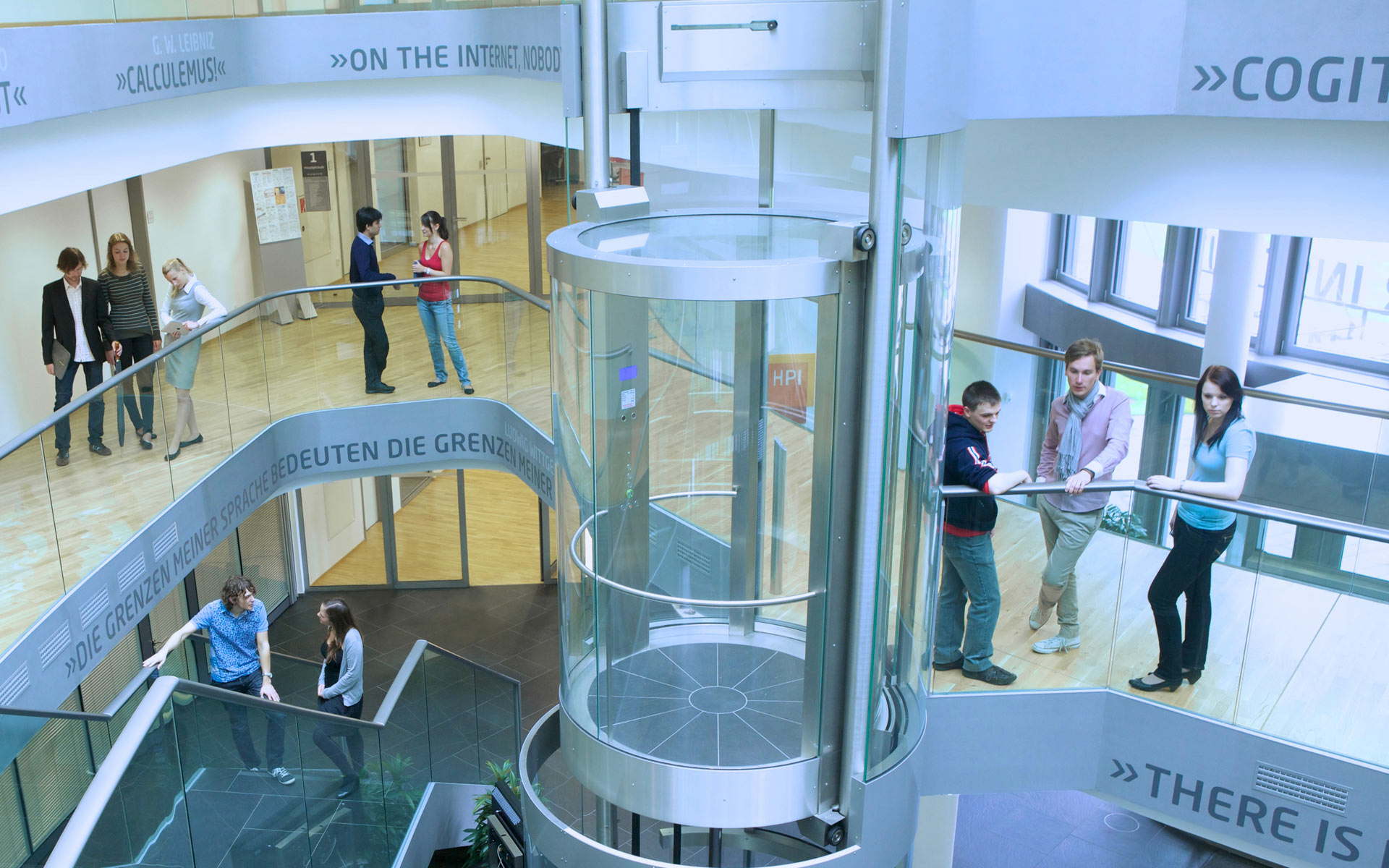Representation learning (RL) aims to find meaningful representations of given objects to make them easier to process or understand. It finds application in various areas, e.g., cybersecurity, healthcare, time-series analysis, natural language processing, audio processing, and table understanding, and can be used to process data in different modalities, e.g., images, text, audio, or tabular data.
After the rise of foundation models, finding compact and uniform representations of different modalities of data became more important than ever, but while text and images have strong and consolidated representation methods, tabular data have been overlooked until recently. The research area that is trying to fill this gap is called table representation learning (TRL) and aims to extract meaningful information from tabular data to create expressive vectorial representations.
If you are interested in participating, please attend the initial session and reach out to lukas.laskowski(at)hpi.de, francesco.pugnaloni(at)hpi.de, and Christoph.Hoenes(at)hpi.de until October 19 (EOD). You can withdraw from this seminar until November 9 (when we give out the team topics) without consequences.

